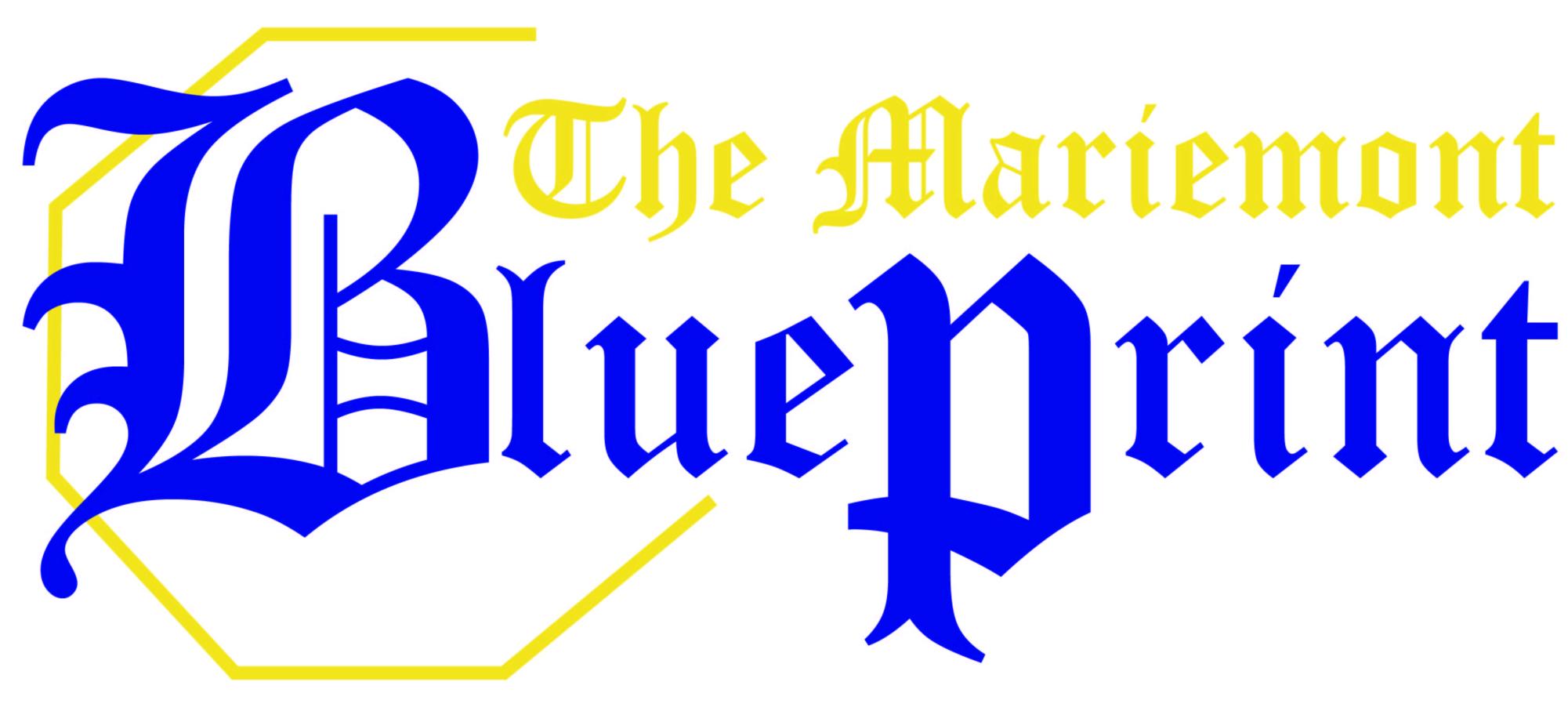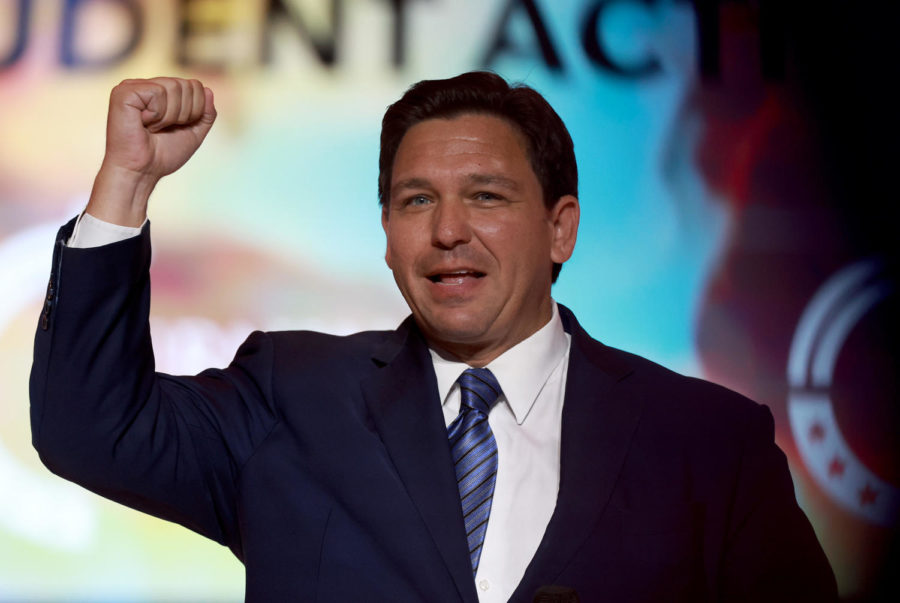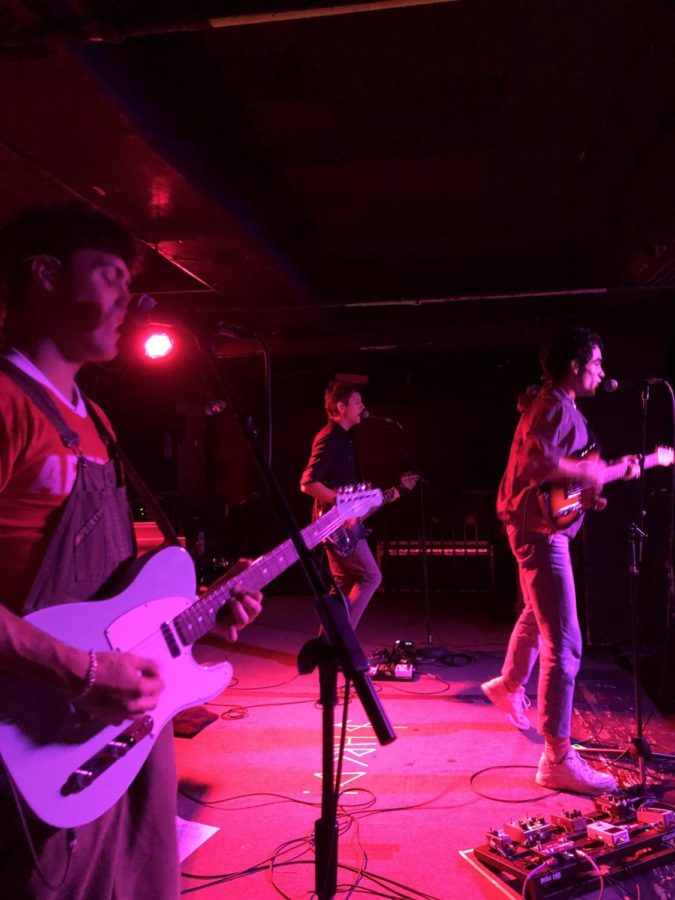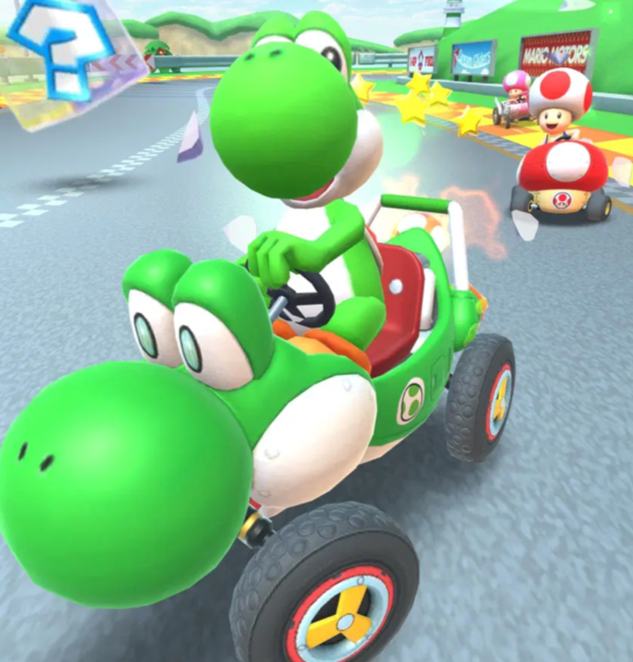Everyone knows the saying “jack of all trades, master of none,” but people rarely seem to remember the rest: “but oftentimes better than the master of one.” What makes a person successful in any field is an open mind and a general command of knowledge in many subjects.
If anywhere, high school is the place to become a jack of all trades, but, as it is now, high schools nationwide just aren’t set up in a way that encourages students to experiment in different fields of study. Secondary education has continued to favor focus in Science, Technology, Engineering, and Math (STEM). This is likely due to increased pressure on students and schools to prepare students for their next steps, but it has largely come at the cost of a balanced academic career.
Appealing to Colleges
In recent years, applying to college has become more competitive. This could be due to increased opportunities for students, a push for more people to attend college after high school, or even the increasing strain on much of the job market. Whatever the reason, this causes an increase in academic competition between high school students who want their own applications to stick out against their peers’. Instead of experimenting with different interests and subjects to see what fits them best, high school students decide what they want to major in early, so that they can take classes and join clubs that demonstrate their commitment to that particular field of study.
Anyone able to break into a STEM career (like one in medicine or engineering) will likely have good job security. Because of this, some students make uninformed decisions early in or even before high school on what they want to major in. They tend to gravitate towards STEM fields, and then start specializing their high school experience to match the major they’ve decided on. Thus, there is no time to experiment and possibly find passion in other subjects. A quick Google search reveals that about 80% of college students end up changing their major. This early specialization in high school could be a contributing factor.
Showing commitment to a future career is not the only way to stand out. Many students concerned with college, but unsure of the major they want to pursue, tend to take as many honors and AP classes as they can to boost their GPA and class rank. This causes weighted electives with few prerequisites—like AP Environmental Science and AP Psychology (both listed as science classes on AP College Board)—to be favored over CP electives like Arts, Musics, early years of World Language, English electives (like Yearbook, Creative Writing, and Journalism), and Social Studies electives (like Sociology and Philosophy).
Even with counselors advising freshmen not to overwhelm themselves with weighted classes, the pressure from a looming and unfamiliar future can sometimes overpower rational thought.
Holes in Standardized Testing
Nationally, AP classes are regarded as the gold standard for high school education, but the courses offered through College Board are limited in their ability to test proficiency in the arts. Of the available AP classes, there are as many “English” and “Art” courses combined as there are “Science” courses alone. Of the available “Art” courses, none satisfy a credit for the performing arts (such as dance or music performance), and the AP Art History curriculum involves no creative expression at all.
Many other standardized tests also fail to collect data on the full range of a student’s ability. The SAT and MAP Growth Test, for instance, assess only the “core subjects”: Math and English. Other tests such as the ACT and Ohio AIR Test have expanded to test proficiency in science. The AIR has gone even further: testing students on their proficiency in history. Many world language classes have also been given standardized testing such as the NJCL in Latin. Nowhere, however, does a student get tested in proficiency in art or music. There is no way for a student to demonstrate success in any visual or performing art to local or national leaders in education. Because of this, each student has the opportunity to be regarded as gifted in tested subjects, but even students who excel in their individual art and music classes can’t demonstrate the same.
Organizations like OMEA and classes like chamber choir and orchestra address this issue by giving students the opportunity to opt into more advanced music study, but even they are not collecting benchmark data on a student’s progress through the years. These programs are not held to the same standards or legitimacy that a standardized test would be. Chamber Choir and Chamber Orchestra are not even honors or weighted classes in many schools.
This Applies to Mariemont
The Mariemont District is not immune to this national push towards STEM. By fifth grade Mariemont students are separated into a higher and lower math level. By seventh grade, each student is placed into one of four different math classes. Math is the only subject that does this. The weight placed on a student’s math level early in their academic career unintentionally sets the precedent that math is more valuable than other subjects. In the same vein, the fact that some subjects, like World Language, Art, and Music, never get an honors track—even in high school—unintentionally sends the message that these subjects are fundamentally less important than the subjects that do.
This message becomes even more obvious when considering the layout of the Mariemont High School building. The main entrance opens directly to a spread of Science, Math, and Business classrooms. To the right is the one-hallway English wing. The Social Studies classrooms are tucked in one corner of the lower level of the school, while the World Language department is tucked in the opposite corner. Visual Arts, Engineering, Broadcasting, and the servery all share the single hallway in between. The Music department is isolated from every other part of the building. During the play and the spring musical, the band room doubles as a changing room and backstage area. Aside from a small enclave with a mirror and a counter that Mariemont calls the “green room,” the school does not have a drama department, nor does it offer any drama classes or organized clubs.
Even though Mariemont’s push towards STEM is unintentional and likely subconscious, it has had a negative impact on enrollment and participation in non-STEM courses and clubs. This year (the 2023-2024 school year) the Yearbook Publication class has 9 members, book club and Cappies both have 6, the Blueprint has 3, Creative Writing club has 2, and Makerspace didn’t even have enough interest to stay afloat. Comparatively, Future Leaders in Medicine has 11 members, Robotics Club has 14, Environmental club has 29, and DECA has over 100.
That being said, clubs with low commitment requirements like Art Club, Spirit Club, and Spanish Club have retained high membership because students can add club involvement on college resumes with little extra work or care. Clubs with good leadership and upperclassmen advocating for underclassmen to join like Academic Quiz Team and Latin Club have also stayed strong despite the increasing interest in STEM. This is likely more due to longevity of the club in the school than anything else. But it does raise the questions, what have these non-STEM clubs done right to stay afloat? And what can be applied to similar clubs to increase enrollment without starting brand new clubs every year?
In a similar vein, Mariemont offers over 20 AP classes, but they are not offered evenly between subjects and, as previously explained, students tend to lean towards STEM when choosing what AP classes to take. Of the 8 AP “World Language” courses offered through AP College Board, Mariemont offers 2: AP Latin Vergil and AP Spanish Language and Culture. Most years, these courses have a single bell with under 20 students each. For a long time, AP Latin Vergil had less than 10 students. Next year, there will be less than 5. Similar statistics are true for AP Art History, AP Art Portfolio, and AP Research. For comparison, Mariemont offers 5 of the 8 available AP “Science” courses: AP Biology, AP Chemistry, AP Environmental Science, AP Physics 1: Algebra-Based, and AP Psychology. Other than AP Physics, every one of these courses has an average class size of 20 students. In the case of AP Environmental Science and AP Psychology, there are usually multiple sections each with 20 students or more.
Mariemont’s music program has also lost enrollment. The Mariemont Marching Warriors had barely 20 members this year, and next year there will likely be fewer. Because there is no option to be in an honors music class, many students drop music to take honors or AP electives that will better suit the major they are working towards. Students fear that an unnecessary unweighted class will negatively affect their GPA. Even though studies have proven a correlation between students taking music classes and performing well in school, students feel pressure to focus more on their GPA and commitment to a particular field and less on academic balance and legitimate preparedness for college.
On one hand, Mariemont High School has tried to combat some of these issues by introducing independent student-led courses called Masterclasses. With these courses a student can choose to study any subject they’d like in any way they’d like. There are a couple problems with this, however. The most glaring is that learning a subject in complete isolation is not comparable to learning in a class or with a teacher. In these masterclasses there are not always experts for the students to go to for help, and students are not learning in a way that encourages them to connect with their peers. On top of that, because of the aforementioned early specialization in schools, many of the subjects chosen are Masterclasses in Science. So much so that there is a specific “Masterclass in Science” category on students’ class recommendation sheets, where there is no specific Masterclass category in any other subject.
What Can Schools Do?
Without a national or statewide change to the distribution of subjects in schools, standardized testing and AP courses won’t be changing anytime soon. That doesn’t mean, however, that schools can’t make a change in their own academic atmospheres.
What is particularly frustrating about this uneven distribution of subjects is the feedback loop it has created. There are not as many non-STEM classes offered in schools because many of them aren’t popular enough to justify the time and effort it would take to run the class, but not a lot of students are finding passion in non-STEM subjects because those classes either aren’t offered or aren’t advertised the same way STEM classes are.
To regrow in non-STEM areas, high schools would have to be prepared for non-STEM programs to fail for the first couple of years while they’re still developing and gaining traction. Wasting resources on a program that isn’t as successful as it could be is unsettling for institutions like schools. And for good reason. Resources are limited and a school’s reputation matters a lot. If a program is failing initially then it can be hard for a school to see that—eventually—the ends will justify the means. The means might be slow moving and scarcely attended for a couple years, but if there is going to be change then first there is going to have to be uncertainty.
That being said, advertising available classes to students is important to a program’s success. If a school starts running a new English elective without making an announcement about it, but still pushes AP Computer Science Principles and AP Environmental Science as easy classes every student should consider taking, then I can’t really commend the school for putting their best foot forward. Not only should a school have equal opportunities between subjects, but it needs to put equal emphasis on each one if it wants students to understand that each subject is a valuable part of their education.
A lack of advertisement is a big reason why the Blueprint itself is so lackluster. It’s rare that a student knows that it exists and even if they do, no one reads it. The Blueprint has not been advertised as something of value in Mariemont’s academic atmosphere, and now it is suffering the consequences: only having three consistent writers.
What Can Students Do?
Students will agree that It’s increasingly difficult to fit every class they want to take into their schedule. With the recent addition of a financial literacy graduation requirement in Ohio, it has become even more difficult for freshmen and sophomores to sign up for the electives that interest them without sacrificing other, mandatory, classes. That being said, school isn’t the end all be all, and extracurricular programs are constantly expanding to include a wider and wider range of interests. Involvement outside of the classroom can be a resume builder. It demonstrates that a student is not idly sitting by and only taking opportunities when they cross their paths (in the form of low commitment school clubs), but is instead actively searching for opportunities that feed their interests outside of themselves and their immediate community.
It’s a myth that a student’s extracurriculars and electives are better if they directly relate to the field of study they plan to pursue. Two other ways to better a resume are to 1) demonstrate commitment to a variety of organizations, clubs, and activities and 2) have leadership positions in those organizations, clubs, and activities. If a student wants to be a doctor, but finds working on the yearbook interesting then encourage them to take the class three years in a row and become an editor. If marching band is fun for a future engineer then encourage them to stick with it and become a section leader or drum major. This will demonstrate that they aren’t one sided, have no fear of commitment, and are willing and able to be a leader. In some cases being multifaceted, committed, and able to lead are more valuable than a high GPA or enrollment in a lot of classes in one field.
Practice What You Preach
It goes without saying that the most important aspect of school for the students, teachers, parents, administrators, and taxpayers alike should be providing a good education for the students. So, I encourage you—no matter which of those categories you fall into—to take a few minutes and research what the benefit of Art, Music, and World Language is in schools; research why it is important to study a wide variety of subjects; and research why it is beneficial to learn as much as possible at a young developmental age. Make your own decision about how you value education after researching a little bit about it. And, in the meantime, sign up for an art class. You might just find a new passion!







